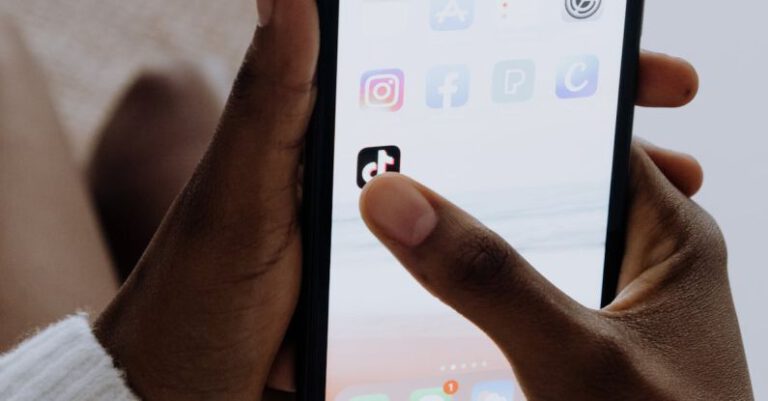Why Do Some Brand Challenges Go Viral?
In the fast-paced world of social media, it’s not uncommon for brand challenges to go viral in a matter of hours. From the Ice Bucket Challenge to the Mannequin Challenge, these trends capture the attention of millions of users around the globe. But what exactly makes some brand challenges go viral while others fizzle out unnoticed? Let’s delve into the underlying factors that contribute to the viral success of these online phenomena.
The Power of Participation
At the core of any successful brand challenge lies the element of participation. People love to feel involved and connected, and brand challenges provide the perfect platform for individuals to engage with a brand in a fun and interactive way. By encouraging users to take part in a challenge, brands are able to create a sense of community and camaraderie among participants, fostering a shared experience that resonates with a wide audience.
Moreover, participation in brand challenges often involves a social aspect, with users challenging their friends and family to join in. This social component helps to amplify the reach of the challenge, as each participant becomes a potential ambassador for the brand, spreading awareness and generating interest among their own social circles.
The Element of Surprise
One of the key ingredients for a brand challenge to go viral is the element of surprise. In a crowded digital landscape where content is constantly vying for attention, challenges that offer a fresh and unexpected twist are more likely to capture the interest of users. Whether it’s a quirky premise, a humorous concept, or a creative execution, challenges that stand out from the norm have a better chance of gaining traction and going viral.
The Ice Bucket Challenge, for example, took the internet by storm with its simple yet impactful call to action. By challenging participants to douse themselves with a bucket of ice water in support of ALS research, the challenge struck a chord with users and sparked a global phenomenon that raised millions of dollars for the cause.
Emotional Appeal
Another factor that can propel a brand challenge to viral status is its emotional appeal. Challenges that evoke strong emotions such as joy, humor, or empathy are more likely to resonate with users on a deeper level, prompting them to share the challenge with others and participate themselves. Emotions have the power to create a lasting impression and foster a connection between the brand and its audience, making the challenge more memorable and engaging.
The success of the #LikeAGirl campaign by Always is a prime example of how emotional appeal can drive a brand challenge to viral success. By challenging stereotypes and empowering girls to redefine what it means to do things “like a girl,” the campaign struck a chord with audiences worldwide and sparked a meaningful conversation around gender equality and empowerment.
Timing and Relevance
Timing plays a crucial role in the virality of brand challenges. Challenges that are launched at the right moment, capitalizing on current trends, events, or cultural moments, are more likely to capture the attention of users and go viral. By tapping into the zeitgeist and aligning the challenge with the interests and concerns of the target audience, brands can increase the likelihood of their challenge gaining traction and becoming a viral sensation.
The success of the Mannequin Challenge is a testament to the power of timing and relevance in driving viral engagement. Launched at a time when social media was saturated with video challenges, the Mannequin Challenge stood out for its unique premise and creative execution, inspiring thousands of users to participate and share their own versions of the challenge.
In conclusion, the virality of brand challenges is a complex interplay of factors ranging from participation and surprise to emotional appeal and timing. By understanding the underlying dynamics that drive the success of these challenges, brands can create engaging and impactful campaigns that resonate with their audience and capture the attention of millions around the world.






